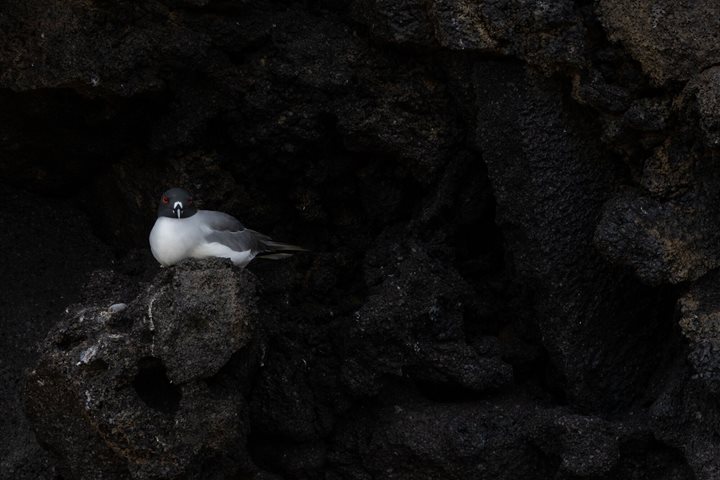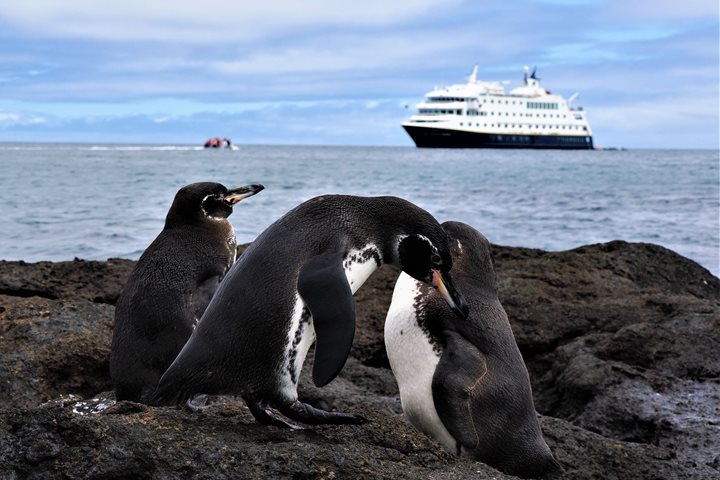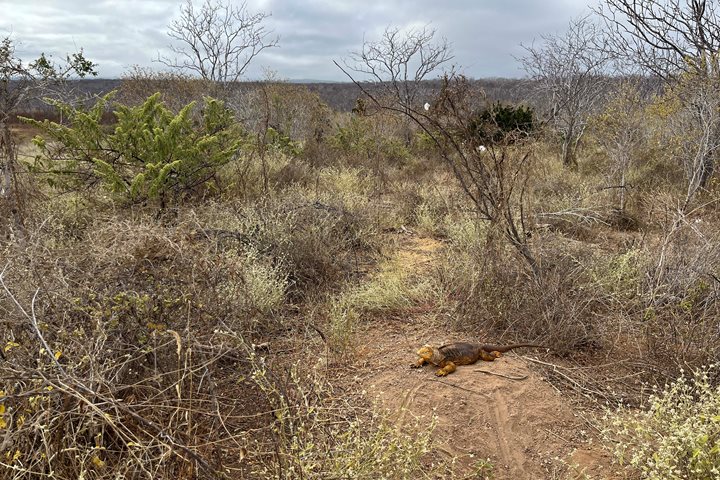What a wonderful way to spend our last hours of 2015, here on Santa Cruz. It is somewhat of a dramatic change, from being out in the wildness of the Galapagos National Park, to then encountering fellow humans on the second largest island in the archipelago. Puerto Ayora is the main port town in Galapagos, and the majority of the human population in the archipelago is located here. Almost all ships that come through Galapagos will visit this island, as both the National Park administration and the Charles Darwin Research Station are located here. We find an interesting mix of the wildlife and the human population mixing with the 3 percent that is a private, protected area in the province of Galapagos.
The Charles Darwin Station is where we start the day, heading into the rustic scientific center. The majority of scientific research in Galapagos happens out in the field, however we have a few important programs that are run by the National Park Service here at the station. From the late 60s until the present, a full restoration program has been implemented for the recovery of the giant tortoise population, which was horribly decimated by humans from the 18th to the 20th century. As the station is currently being renovated, we are only allowed a small glimpse of the tortoise rearing and breeding in captivity programs, however we learn a great deal about what is being done to restore Galapagos to its original natural environment. We learn also about the land iguana and botany restoration projects that are helping maintain our 98% biodiversity here in this little world among itself.
A short walk through Puerto Ayora takes us by the local fisherman’s dock, which exposes us to the interaction of wildlife and humans. There are approximately 500 registered fishermen in Galapagos that provide for the local communities through sustainable fisheries, and this area is a main entrance for the “catch of the day”. Brown pelicans follow the fileting of the fish in an orchestrated and synchronized movement of heads back and forth, back and forth. A potbellied sea lion lays his head on the counter, waiting for the working fisherman to turn his head so he may steal a morsel. We greatly enjoy our exploration of this bustling little town before heading up to the highlands.
As we gain altitude on our bus ride to the highlands of Santa Cruz, some decide to bicycle on a country road leading to a working farm. All of us coalesce at a farm called Trapiche, which literally means “sugar cane press” in Spanish. Don Adriano is the owner of the farm that was purchased in the mid 60s, and has been growing sugar cane and coffee ever since. We witness the various products that are derived from sugar, including the “moonshine” that is produced (with interesting reactions to its potency and flavor …). It makes a journey when you are able to experience what the local population does for a living, and to be able to visit their home. A wonderful lunch follows at Aquelarre restaurant, which is surrounded by lush greenery, somewhat like a cloud forest.
Continuing our exploration, we encounter large amounts of giant tortoises from the Santa Cruz population. Standing on the migratory path of these creatures, we gain insight into their ecology and behavior as they continue their daily rituals. It is incredible to see the difference in vegetation, as we have come from the coastal area where we have been exploring most of the week. Large sunflower trees shade some of the tortoises and tall endemic guava “guayabillo” trees display their apparent “wigs” of lichens and moss. Darwin finches and mockingbirds flit around us as we truly obtain a sense of place.
We have experienced a day of contrasts as we return to the coast. Traditional Ecuadorian effigies line the streets with their last testaments, awaiting a fiery end at midnight when we burn the old year and welcome in the new. Gentlemen dressed as widows cry as the “old man” is gone, they ask for small change to help in the new era … (most likely to purchase the next cerveza). As it has been said, a day of contrasts … Happy New Year.



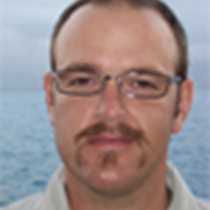
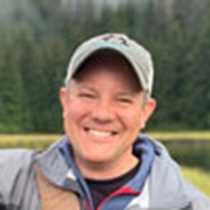

.jpg?width=106&height=85&mode=crop&scale=both&quality=50)
